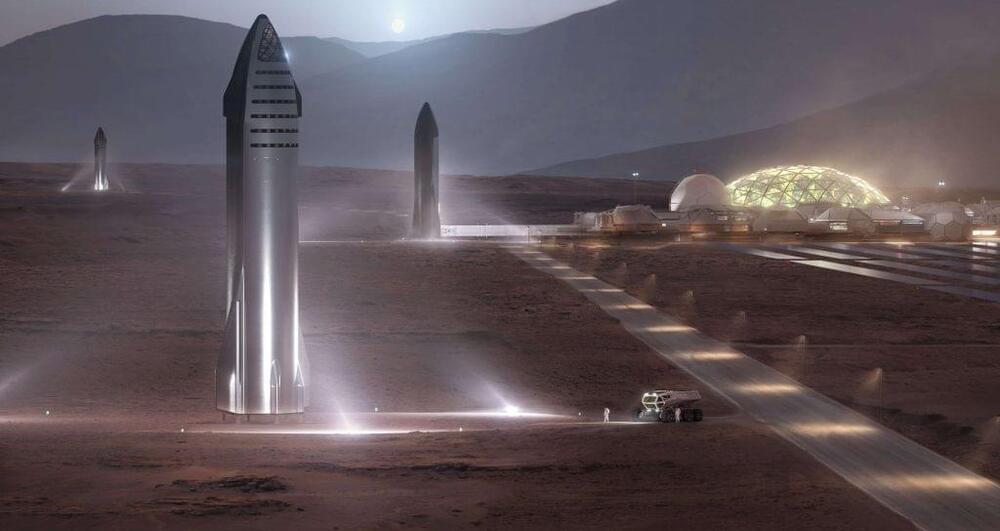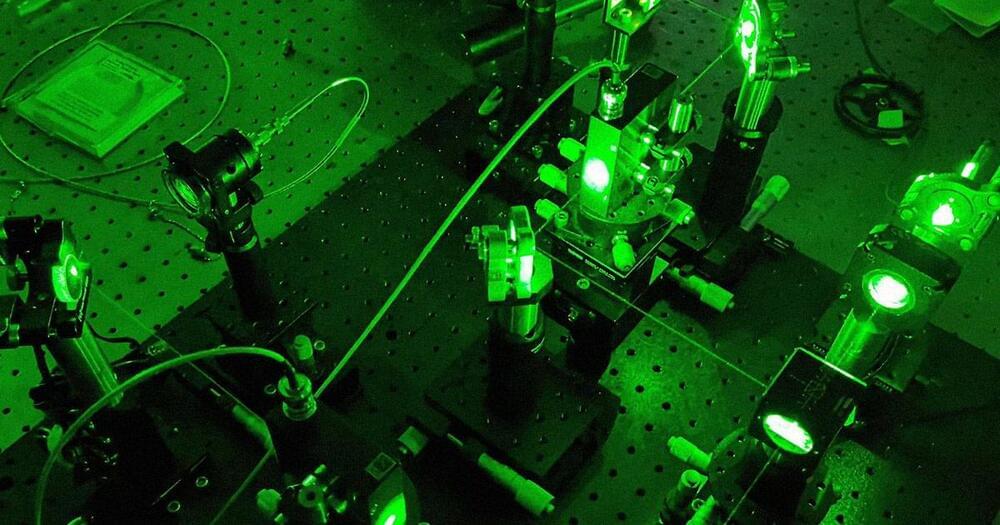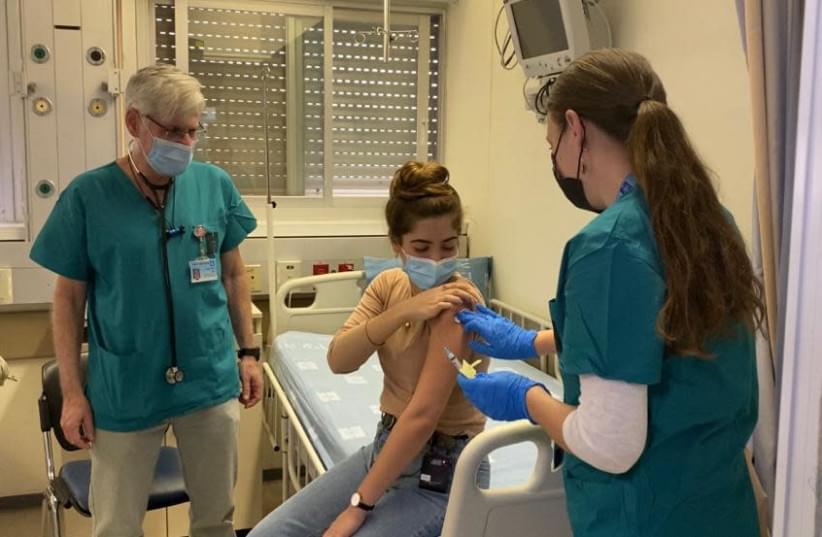Learn More about Brilliant: https://brilliant.org/SpaceTime/
Take the PBS Digital Studios audience survey: https://to.pbs.org/2021survey.
Black holes are a paradox. They are paradoxical because they simultaneously must exist but can’t, and so they break physics as we know it. Many physicists will tell you that the best way to fix broken physics is with string. String theory, in fact. And in the black holes of string theory — fuzzballs — are perhaps even weirder than the regular type.
Sign Up on Patreon to get access to the Space Time Discord!









